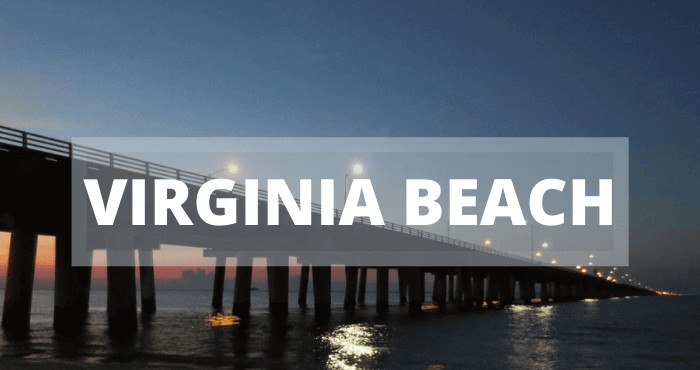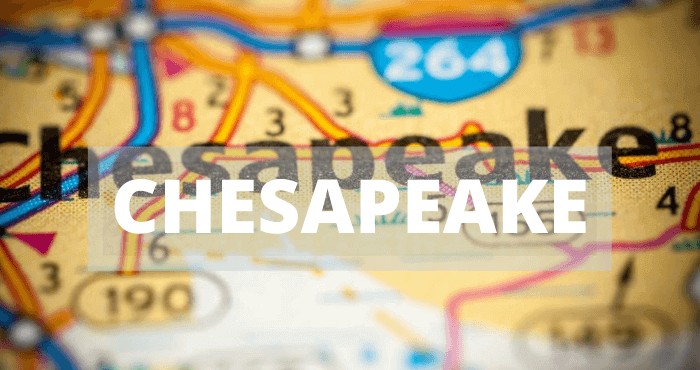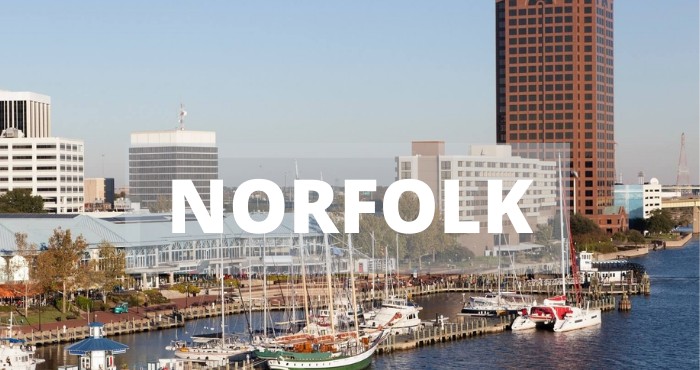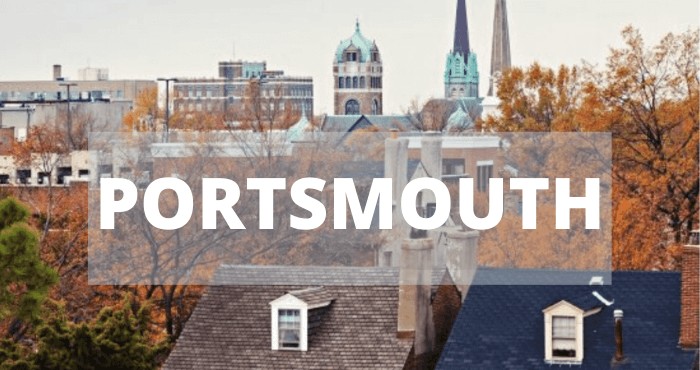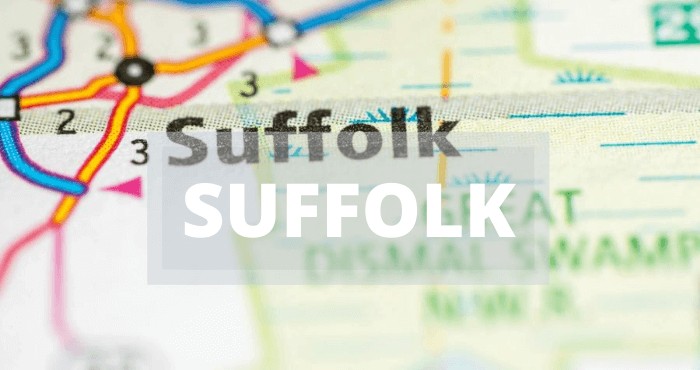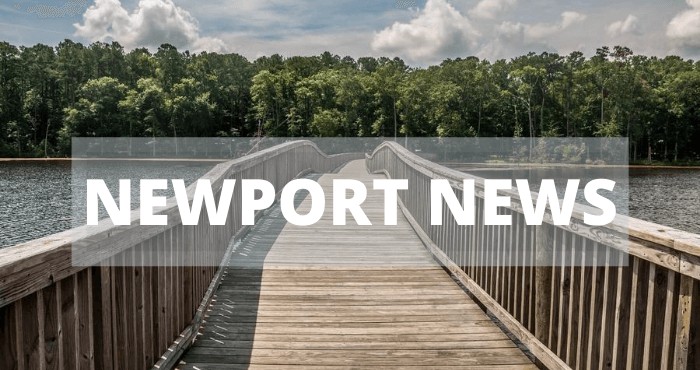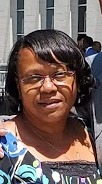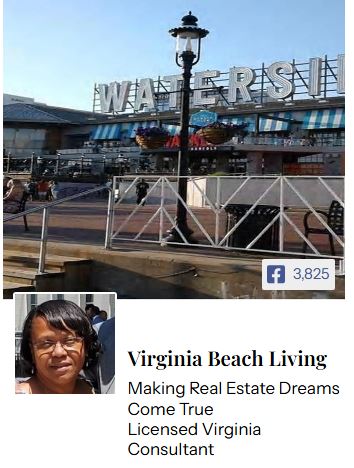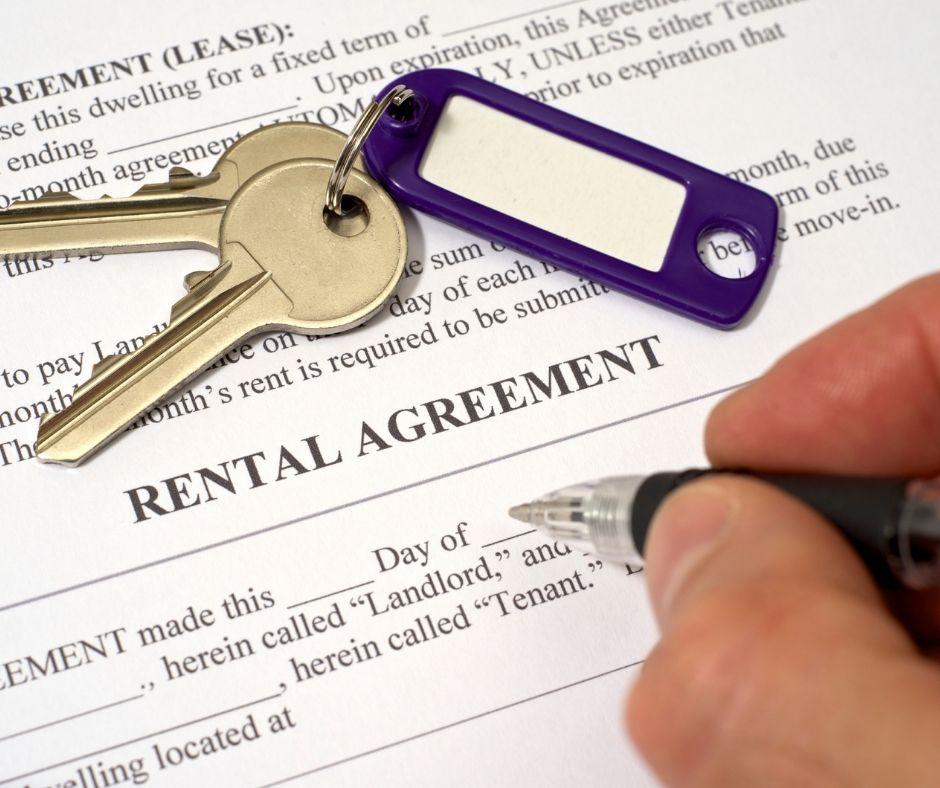Are you looking for homes for sale in Chesapeake, Virginia? Finding the right home in Chesapeake, Virginia can be challenging. It’s not just about browsing listings—it’s about understanding your needs and preferences. The goal is to find a home that fits your lifestyle and budget.
BUYING A CHESAPEAKE HOME
If you’re ready to buy, our real estate team is here to guide you. Our expertise ensures a smooth and rewarding home-buying experience. We aim to make the process as stress-free as possible. By leveraging our knowledge, you won’t miss out on homes that match your criteria.
We work to minimize hassles and ensure your transaction is successful. Our priority is saving you time and money throughout the process. We’re here to answer any questions you may have. Reach out to us for personalized assistance.
SELLING A CHESAPEAKE HOME
If you’re thinking about selling your Chesapeake home, we use advanced real estate marketing tools. These tools ensure your property reaches the broadest audience possible. Both social media and traditional marketing techniques help sell your home quickly and at the best price.
Our team will negotiate on your behalf to secure the best terms. This allows you to focus on what matters most—moving into your new home. Contact us today to get started!
Thinking of buying or selling a Chesapeake Virginia Home?
LIVING IN CHESAPEAKE
Nestled along the Intracoastal Waterway in Coastal Virginia, Chesapeake is a vibrant city rich in history, nature, and culture. Did you know that Edgar Allan Poe is believed to have drawn inspiration for The Raven while visiting the Dismal Swamp Canal? Today, you can explore Chesapeake’s scenic waterways, hike the trails at Northwest River Park & Campground, or discover local wildlife at the Great Dismal Swamp National Wildlife Refuge.
Chesapeake also offers a lively arts and entertainment scene, with cultural events and festivals happening year-round. Food lovers will enjoy a diverse selection of restaurants, while shoppers can explore popular spots like Greenbrier Mall. Whether you’re looking for outdoor adventure, dining, or entertainment, Chesapeake has something for everyone.
As one of Virginia’s largest independent cities, Chesapeake had a population of 222,209 in the 2010 census, growing to an estimated 232,977 by 2013. With its mix of natural beauty, modern amenities, and a strong sense of community, it’s easy to see why so many people love living in Chesapeake.
Chesapeake is part of the Virginia Beach–Norfolk–Newport News, VA–NC Metropolitan Statistical Area (MSA) and one of the key cities in South Hampton Roads. Established in 1963 through voter-approved consolidation, Chesapeake merged the former city of South Norfolk with what remained of Norfolk County, which dated back to 1691. Over the years, much of Norfolk County had been annexed by neighboring cities. Today, Chesapeake is Virginia’s second-largest city by land area and the 17th-largest in the United States.
This diverse city blends urban development with vast natural landscapes. Chesapeake is home to protected farmland, forests, and wetlands, including a significant portion of the Great Dismal Swamp National Wildlife Refuge. Stretching from the North Carolina border to the Hampton Roads harbor, Chesapeake sits along the Atlantic Intracoastal Waterway, offering miles of waterfront property for industrial, commercial, and residential use.
Chesapeake’s strong economy and high quality of life have earned national recognition. In 2011, Bloomberg Businessweek ranked Chesapeake as the 21st best city in America. The city is also home to the international headquarters of Dollar Tree, a Fortune 500 company that contributes to its thriving business community.
The History of Chesapeake, Virginia
The city of Chesapeake was officially established in 1963 through the consolidation of South Norfolk and Norfolk County. This merger was approved by voters in both communities and authorized by the Virginia General Assembly. The move helped stabilize territorial boundaries, as independent cities in Virginia could not annex land from each other.
Early History and Colonial Roots
Founded in 1691 as part of the Virginia Colony, Norfolk County originally covered a vast area, including what later became Norfolk, Portsmouth, and South Norfolk. Over time, annexations by these cities reduced the county’s size. South Norfolk, first incorporated as a town in 1919, became an independent city in 1922. By the late 1950s, South Norfolk faced the threat of losing nearby county land to Norfolk through another annexation attempt. The merger that created Chesapeake was part of a broader wave of local government restructuring in southeastern Virginia between 1952 and 1975.
Chesapeake’s history dates back to the colonial era, when settlers expanded inland from the coast. One of the city’s most historically significant sites is the Battle of Great Bridge, fought on December 9, 1775, during the early days of the American Revolutionary War. This decisive battle led to the removal of Lord Dunmore and ended British rule in the Colony of Virginia.
Growth and Development
For much of the 20th century, Chesapeake remained a suburban and rural community, with many residents commuting to nearby Norfolk and Virginia Beach. However, beginning in the late 1980s and into the 1990s, Chesapeake experienced rapid growth, attracting major industries and businesses. This boom placed pressure on the city’s infrastructure, leading to challenges such as traffic congestion, school overcrowding, and saltwater intrusion into the water supply.
National Recognition and Modern Events
In 2003, Chesapeake gained national attention when it hosted the first trial of Beltway sniper Lee Boyd Malvo, following a court-ordered change of venue. Malvo was convicted of murder and sentenced to life in prison without parole, while his accomplice, John Allen Muhammad, was sentenced to death in a separate trial in Virginia Beach.
Today, Chesapeake continues to grow as one of Virginia’s largest cities, balancing modern development with its rich history, natural beauty, and strong community values.
Geography of Chesapeake
Chesapeake is located at 36°46′2″N 76°17′14″W and covers a total area of 351 square miles (910 km²), according to the United States Census Bureau. Of this, 341 square miles (880 km²) is land, while 10 square miles (26 km²) (2.9%) consists of water. The northeastern portion of the Great Dismal Swamp lies within Chesapeake’s borders, adding to the city’s rich natural landscape.
A Diverse Environment
As one of the largest cities in Virginia and the U.S. by land area, Chesapeake presents unique challenges for city planning and infrastructure development. The city is home to distinct communities, each with its own historical and geographical identity. City leaders work to balance residential, commercial, and industrial expansion while preserving forests and wetlands.
The southwestern region of Chesapeake includes a significant portion of the Great Dismal Swamp, a protected natural area that plays a crucial role in local biodiversity and conservation efforts. With its mix of urban growth and preserved natural spaces, Chesapeake offers both modern development and scenic beauty.
DEMOGRAPHICS
As of the census of 2010, there were 222,209 people, 69,900 households, and 54,172 families residing in the city. The population density was 584.6 people per square mile (225.7/km²). There were 72,672 housing units at an average density of 213.3 per square mile (82.4/km²).
The racial makeup of the city was 62.6% White, 29.8% Black or African American, 0.4% Native American, 2.9% Asian, 0.1% Pacific Islander, 1.2% from other races, and 3.0% from two or more races. 4.4% of the population were Hispanics or Latinos of any race. According to 2012 estimates 59.7% of the population is non-Hispanic white.
There were 69,900 households out of which 41.0% had children under the age of 18 living with them, 59.7% were married couples living together, 14.0% had a female householder with no husband present, and 22.5% were non-families. 18.0% of all households were made up of individuals and 5.9% had someone living alone who was 65 years of age or older. The average household size was 2.79 and the average family size was 3.17.
The age distribution was: 28.8% under the age of 18, 8.2% from 18 to 24, 32.3% from 25 to 44, 21.7% from 45 to 64, and 9.0% who were 65 years of age or older. The median age was 35 years. For every 100 females, there were 94.4 males. For every 100 females age 18 and over, there were 91.0 males.
The median income for a household in the city was $50,743, and the median income for a family was $56,302. Males had a median income of $39,204 versus $26,391 for females. The per capita income for the city was $20,949. About 6.1% of families and 7.3% of the population were below the poverty line, including 9.7% of those under age 18 and 9.0% of those age 65 or over.
Thinking of buying or selling a Chesapeake Virginia Home?
Hampton Roads Cities
